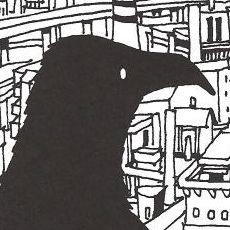Tag: Manga
-
Creepy horror manga? The Enigma of Amigara Fault is the answer
Read More →: Creepy horror manga? The Enigma of Amigara Fault is the answerHalloween is fast approaching and it’s time to indulge in some frightful Japanese horror. Sadly, it’s not a genre that translates well to anime and manga, but having recently discovered the abnormal works of manga-ka Junji Ito, there may well be hope for us yet. This time I’m talking about the claustrophobic “Enigma of Amigara…
-
Again the fate of the world is in the hands of 14 kids (Bokurano)
/
/ ReviewsRead More →: Again the fate of the world is in the hands of 14 kids (Bokurano)Its been a while readers, 7 days to be precise, and as we all know, 7 days on internet may as well be a lifetime. I won’t labor you with the details, but suffice to say that this gradual slow down in blogging is sadly down to cliche reasons; I have found a new job…
-
Welcome to the NHK! – Anime or manga? Yawn
/
Read More →: Welcome to the NHK! – Anime or manga? YawnAnime or manga, one is inevitably better than the other – whether it’s just another case of elitism or not, you can always bet on the jumped up manga fans hating the anime adaptations of their favourite stories. This is because the voices you hear in your head will always sound better in comparison with…
